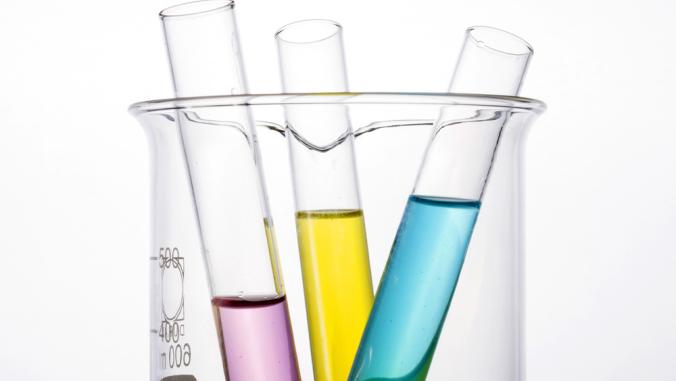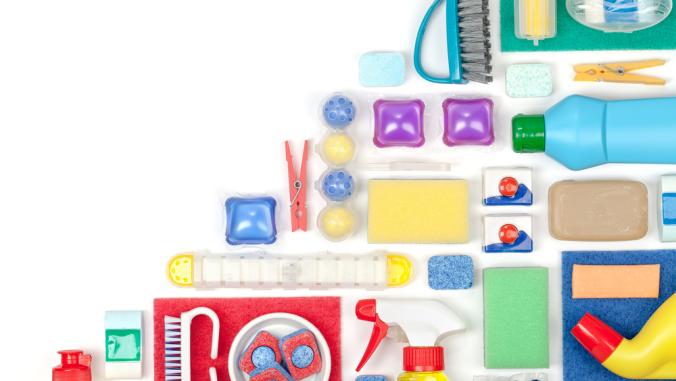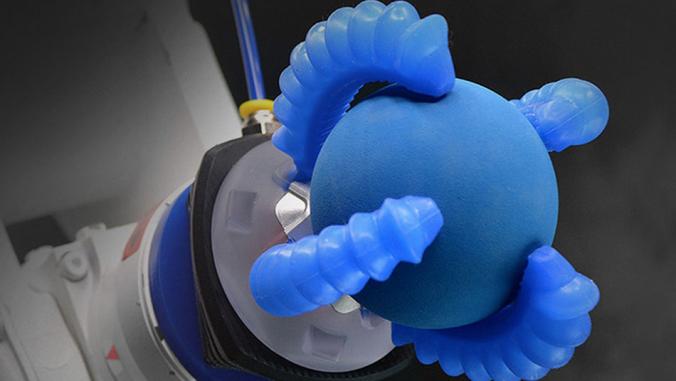How to make a better adhesive without the nasty chemicals
<p>Researchers are looking to nature to develop non-toxic glues that work better than synthetic materials. See what the lowly mussel taught a team at MIT.</p>

We have been using adhesives for some 200,000 years now, by archeologists’ estimates. Our progress has been remarkable, particularly with the postwar explosion of discovery in synthetic adhesives. Epoxies, polyurethanes, cyanoacrylates and acrylic polymers have all made our lives richer by providing high performance and efficiency when we have wanted to stick two things together. Adhesives are everywhere in the built world, from packaging to products to buildings to infrastructure. These wonderful synthetic materials, however, have come at a cost: many are deadly toxins.
Most glues and adhesives contain some of our nastier recipes: solvents such as benzene, toluene, xylene, styrene, acetone, methanol, phenol, alkylphenol and dichloromethane. Benzene, for example, is an EPA Class A carcinogen. It can destroy red and white blood cells (aplastic anemia), and is a suspected immune system inhibitor.
It was not always so. In the past most of our glues came from nature: proteins from animal parts or products like milk and eggs, starches or natural resins from plants. Now researchers are looking to nature to provide new sources for glues that work better and are non-toxic. Their aim is to mimick the chemistry of nature rather than exploit natural sources.
An engineering team at Massachusetts Institute of Technology has developed what they claim to be the world’s strongest bio-inspired, protein-based underwater adhesive. Funded by the Office of Naval Research, the National Science Foundation and the National Institutes of Health, their research was published in the September 21 issue of the journal Nature Nanotechnology.
The researchers had to copy both the proteins from the mussel and those from bacteria to make an engineered product that is stronger than what even the mollusk can make. Not that the mussel isn’t impressive. This marine bivalve is common in the temperate zones of the world in the low and mid intertidal zones. Continually pounded by surf, it has evolved an effective anchoring system. It lays down a radius of sticky proteins or byssal threads that can stick to most anything, including Teflon. This ability is due to the chemical composition of those proteins.
So, what makes the mussel byssus stick so well even underwater? It’s all about attraction — chemical, that is. Proteins are made up of amino acids, basic molecular building blocks. One of these, in the mussel protein, contains a functional arrangement called a catechol (two hydroxyls on a benzene ring.) These molecules form strong bonds with other catechols in other materials, such as the metals in rocks; so strong, in fact, that these molecules would rather bond with each other than that most promiscuous of molecules, water.
The team at MIT used E. coli bacteria as factories to produce two types of proteins typically made by the mussel. Then they enmeshed these proteins in a lattice of self-organizing bacteria proteins normally found in slimy biofilms called curli fibers. It was the combination of these designer proteins from two different organisms into a complex array that has made the adhesive so strong. This dense, fibrous mesh is regular but flexible and has a great ability to bind to both wet and dry surfaces.
“The ultimate goal for us is to set up a platform where we can start building materials that combine multiple different functional domains together and to see if that gives us better materials performance,” said Timothy Lu, an associate professor of biological engineering and electrical engineering and computer science (EECS) and the senior author of the paper.
The researchers see advanced applications in the marine and biomedical fields. They are busy working on scaling up production of the proteins beyond small experimental batches, tinkering with the relative proportion of proteins in the formula. They're also musing about using biofilms as “living glues”, preventative coatings that can secrete adhesives when triggered by damage to a surface.
Columbia Forest Products pioneered the “mussel glue”
Mussel glues have been used before in manufacturing. Columbia Forest Products developed a mussel-mimicking glue for its Purebond line of hardwood plywood between 2003 and 2006. The company was the first to offer a formaldehyde-free plywood, laminated with a bio-based thermo-set glue.
Formaldehyde is a volatile organic compound (VOC), highly toxic to all animals and a carcinogen. In 2011 the US National Toxicology Program described formaldehyde as "known to be a human carcinogen". In the plywood industry formaldehyde is typically treated with urea to make urea formaldehyde resin, the glue to join all the thin layers of wood together into a thicker sheet.
 Columbia's formula for the new bio-glue was soy-based, but the proteins had been altered to more closely resemble those of the mussel. The new technique was invented and patented by Dr. Kaichang Li, associate professor in the Department of Wood Science & Engineering at Oregon State University in Corvallis, Oregon. He saw a need for a cheaper mass-produced bio-adhesive based on the readily available soybean, and figured out a way to block the expression of certain amino acids in the soy that were not present in the mussel protein.
Columbia's formula for the new bio-glue was soy-based, but the proteins had been altered to more closely resemble those of the mussel. The new technique was invented and patented by Dr. Kaichang Li, associate professor in the Department of Wood Science & Engineering at Oregon State University in Corvallis, Oregon. He saw a need for a cheaper mass-produced bio-adhesive based on the readily available soybean, and figured out a way to block the expression of certain amino acids in the soy that were not present in the mussel protein.
Columbia, the largest manufacturer of hardwood plywood and veneers in the United States, was able to create a product that actually performed better in many ways than comparable UF-based alternates. Purebond tested as more heat and moisture resistant than its UF competitors while being competitively priced, and reducing VOCs by as much as 90 percent. It earned a LEED EQ Credit 4.4 accreditation in the Low-emitting Materials: Composite Wood category. By converting seven of its plants into Purebond production facilities early on, the company was able to catch the wave of consumer demand for less toxic interiors without the green markup of its later competitors.
The worldwide market for adhesives has been projected to be upwards of $50 billion within the next five years. Regrettably, many of those adhesives will be synthetic and toxic, but innovations by MIT and Columbia Forest Products give hope that we can find a safer way to build our world.
Top image of mussels by Sergey Yechikov via Shutterstock





